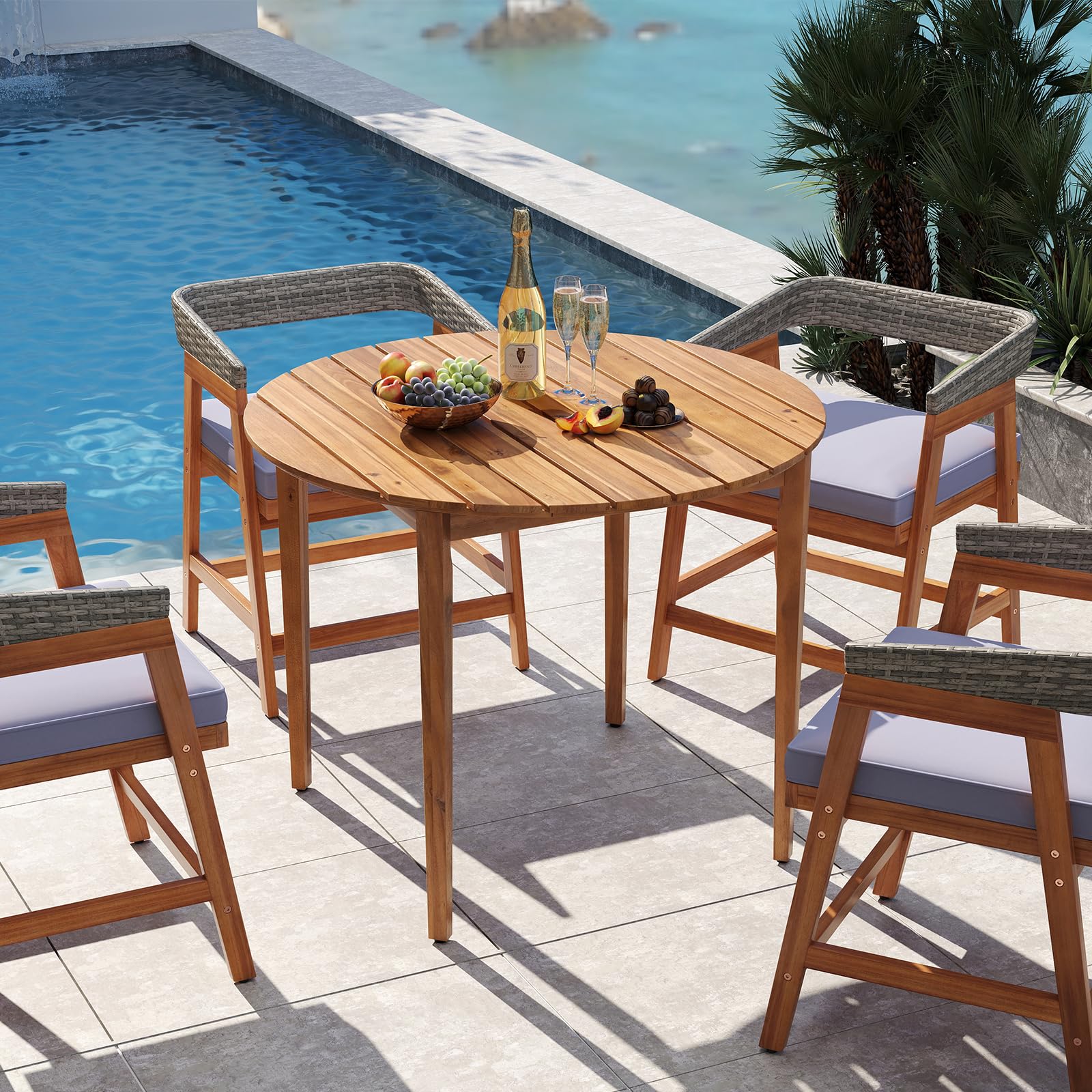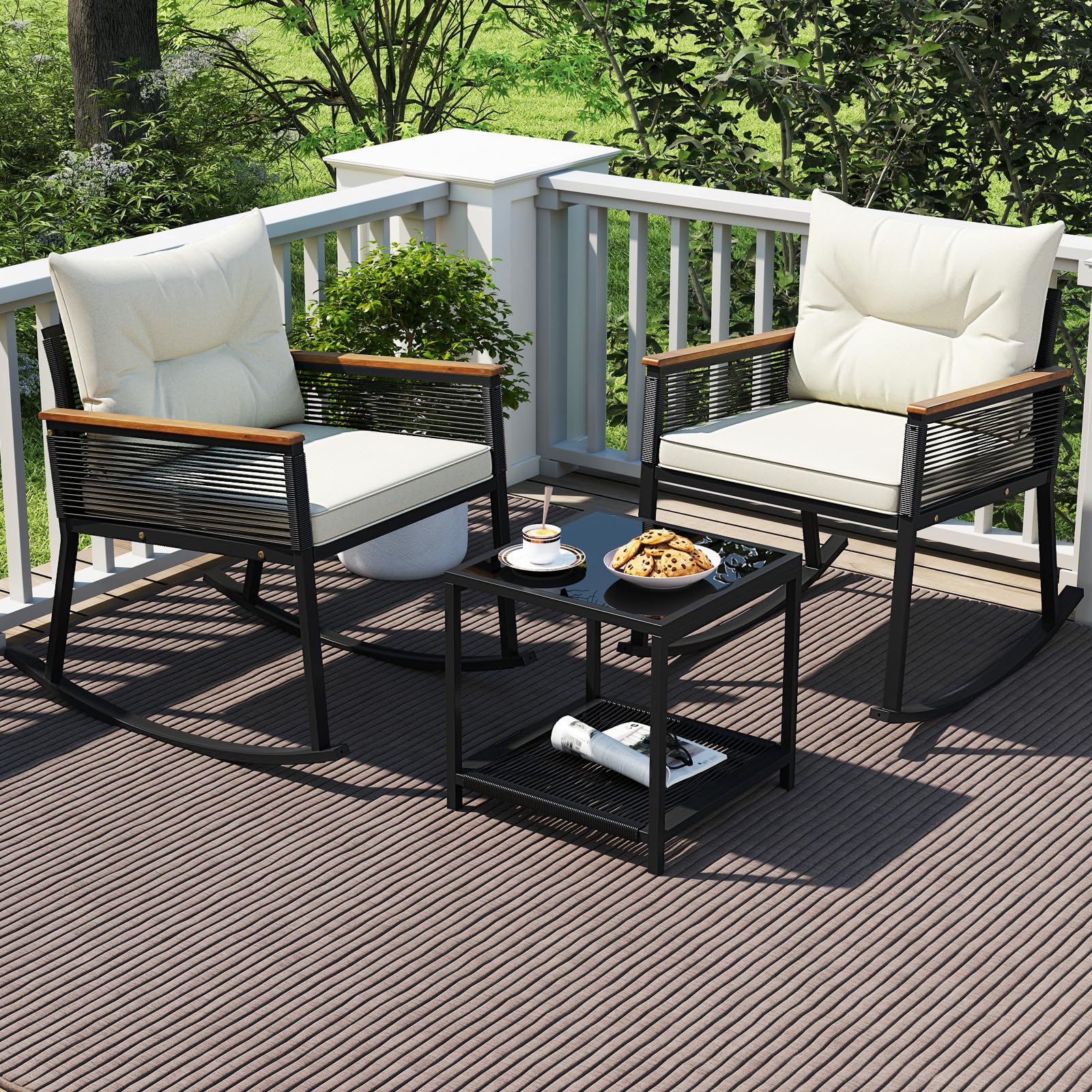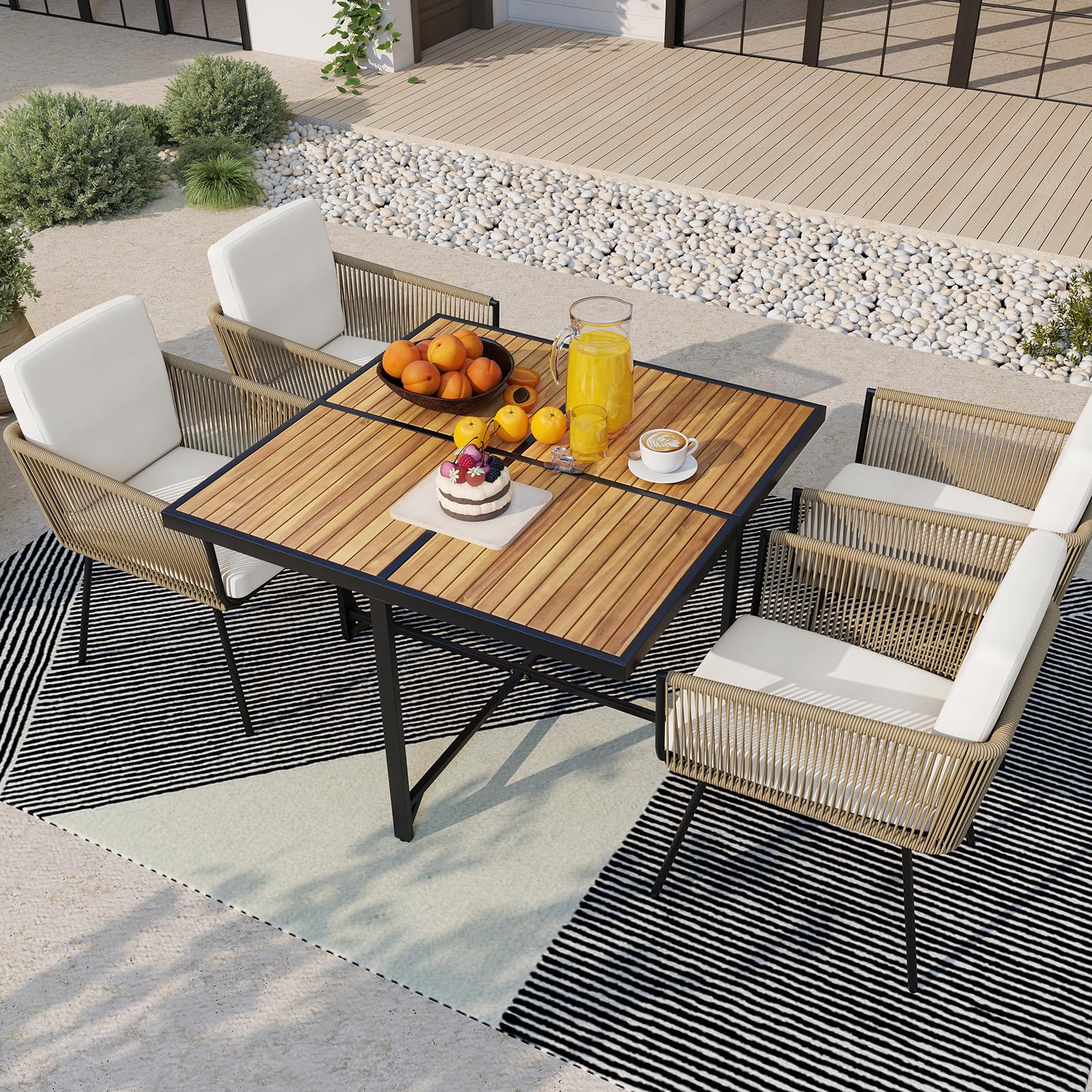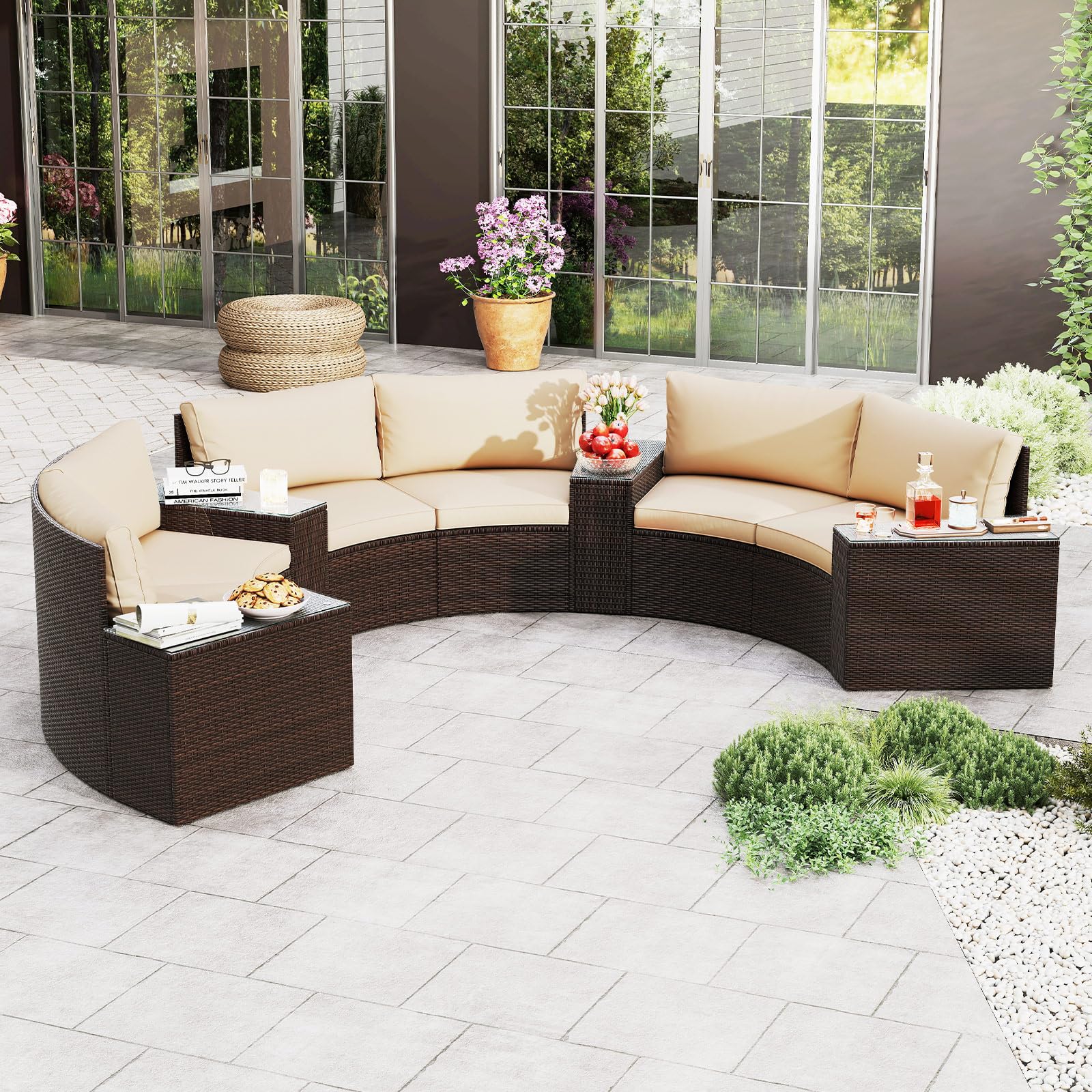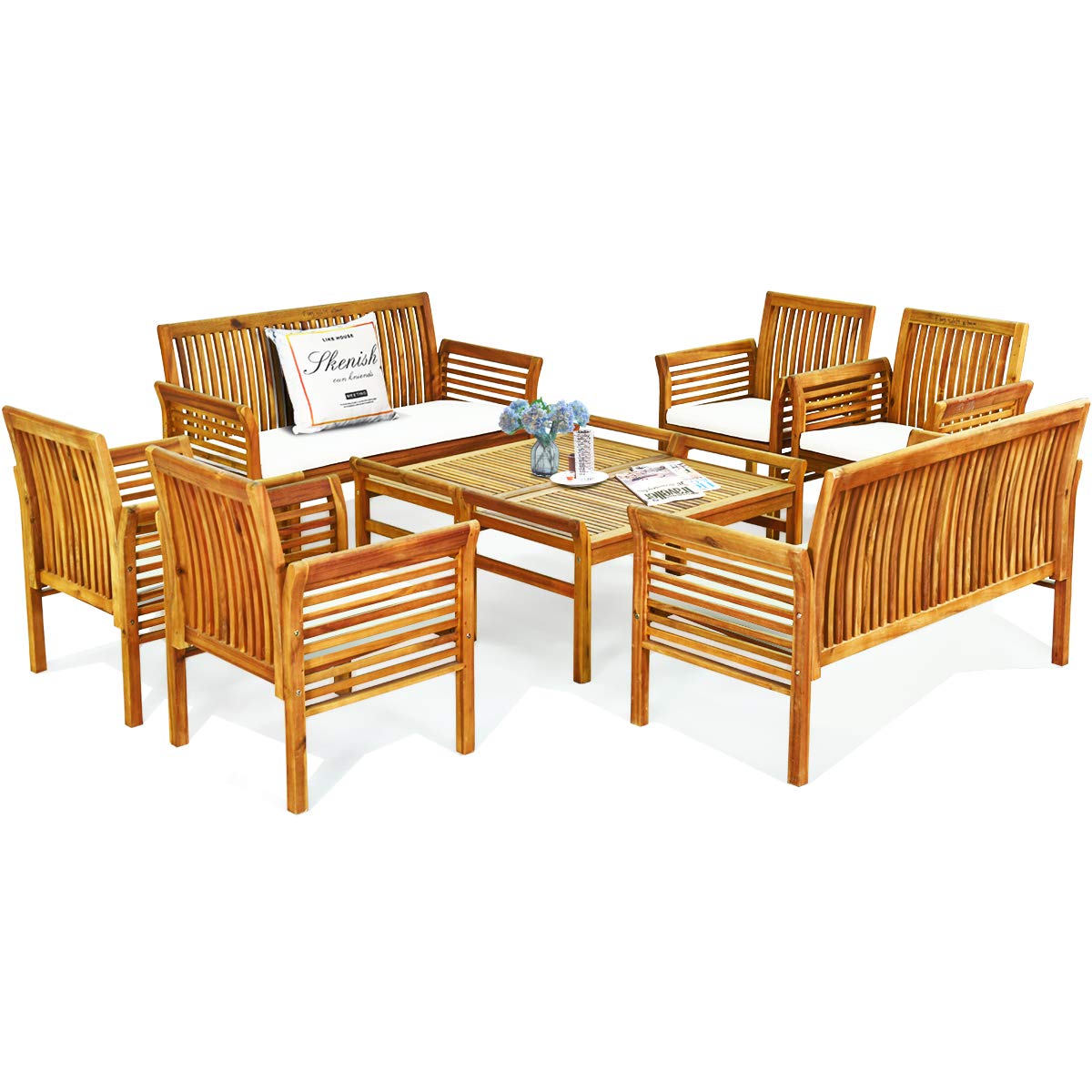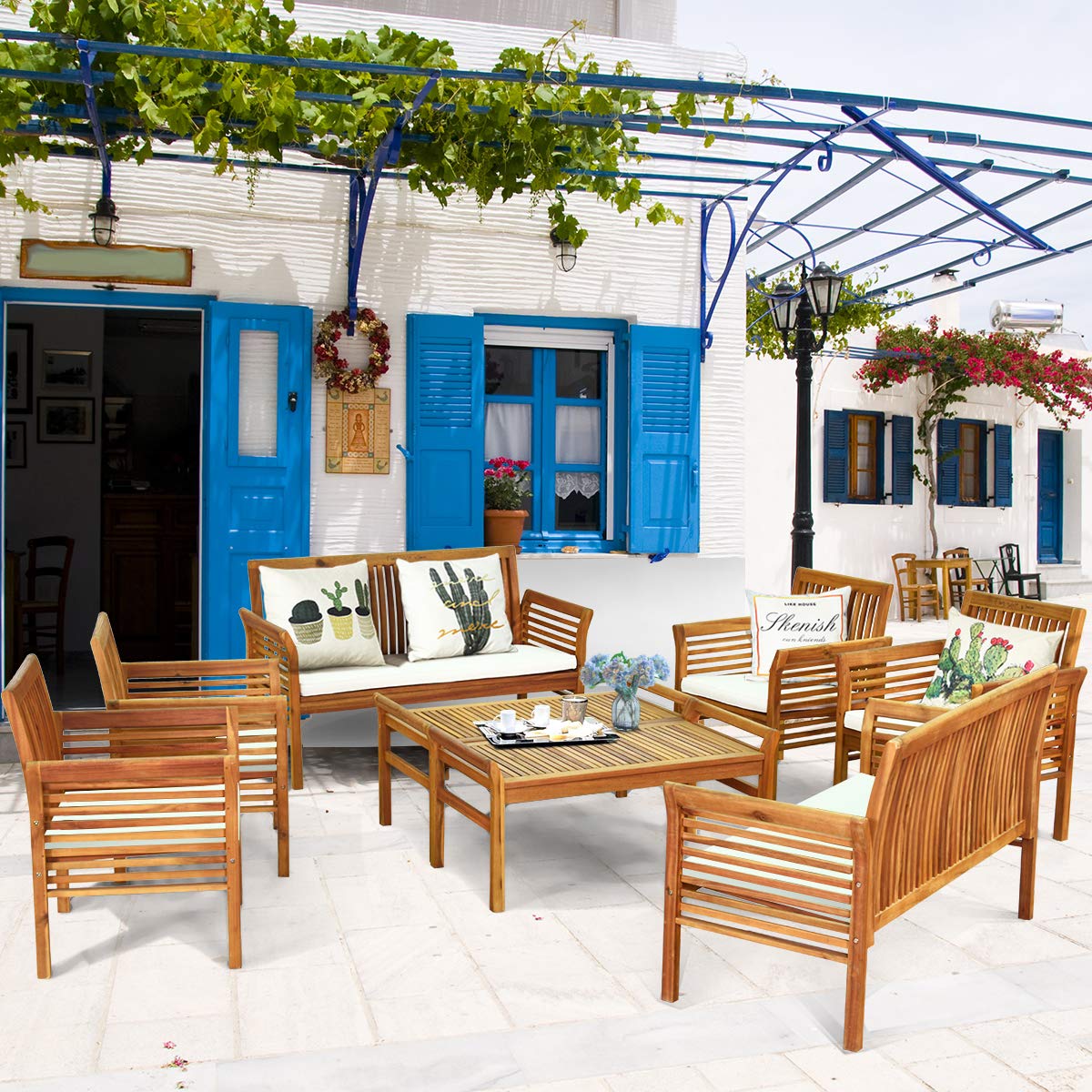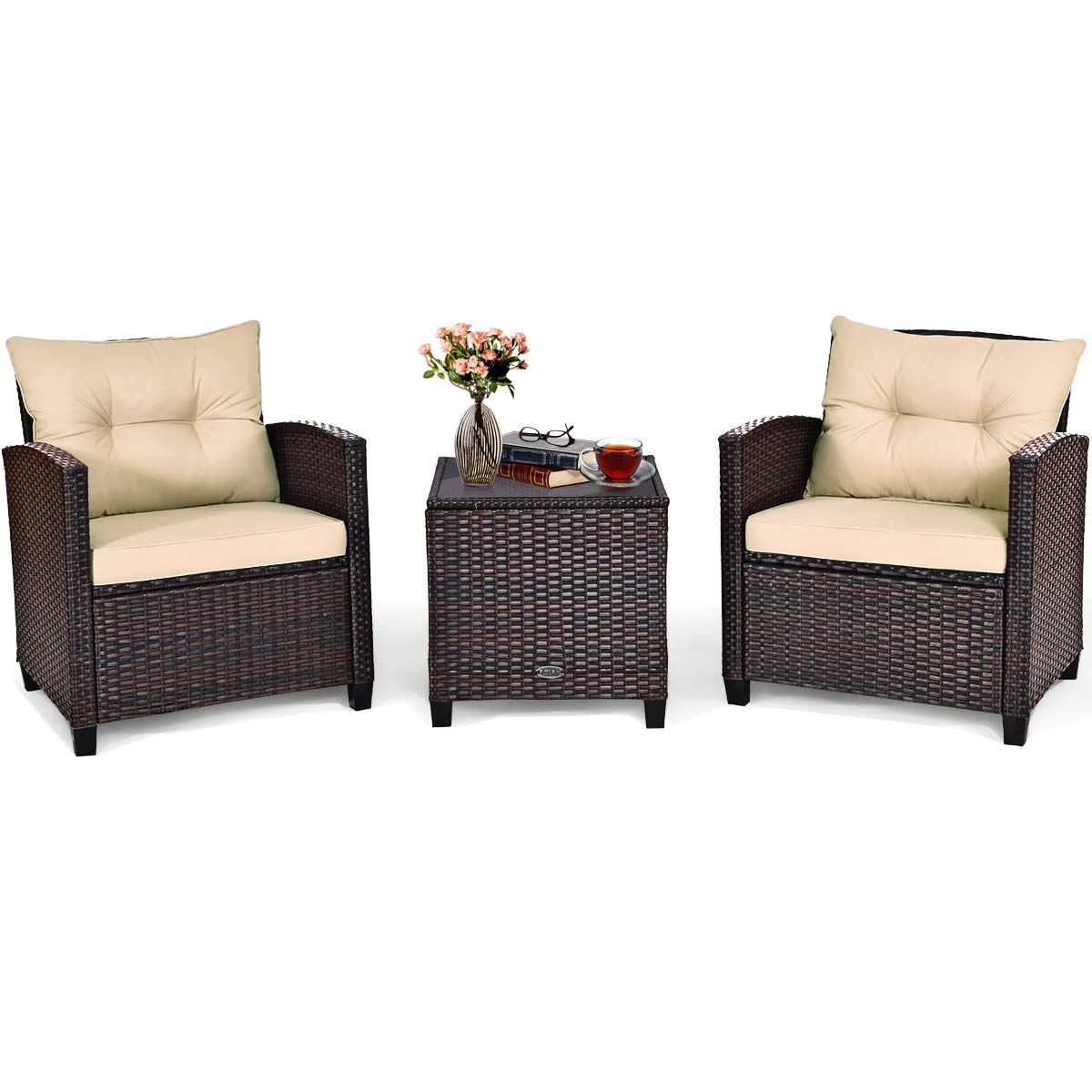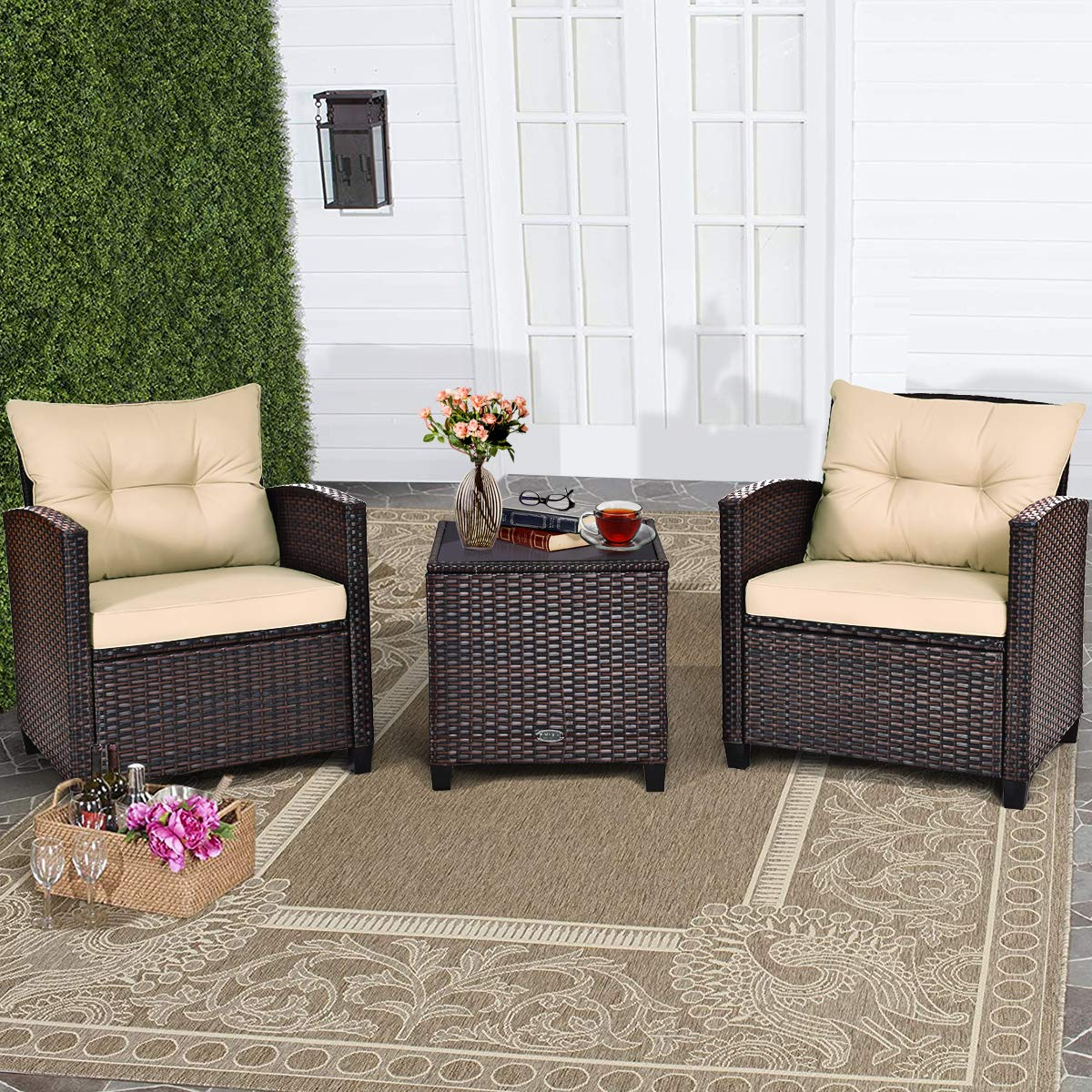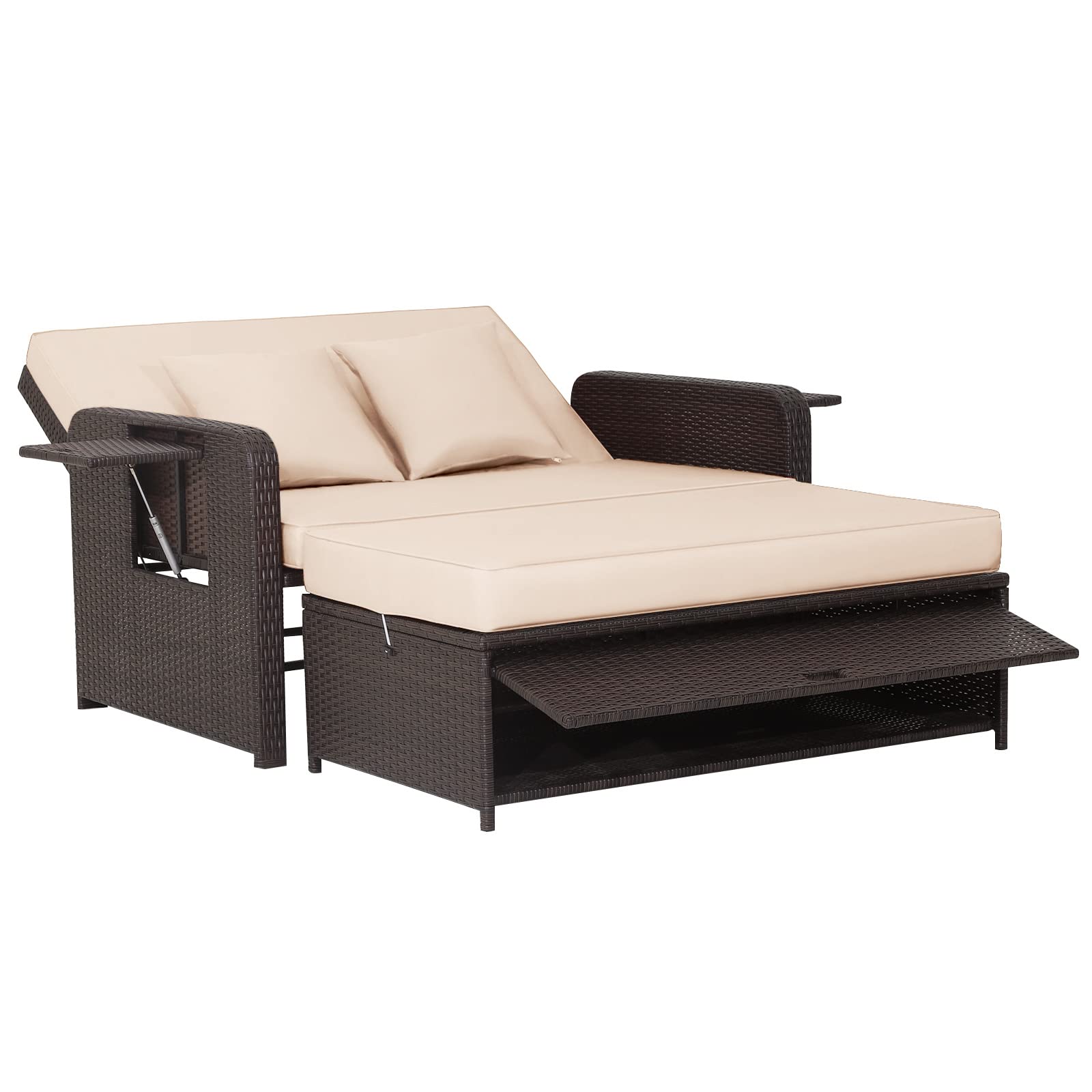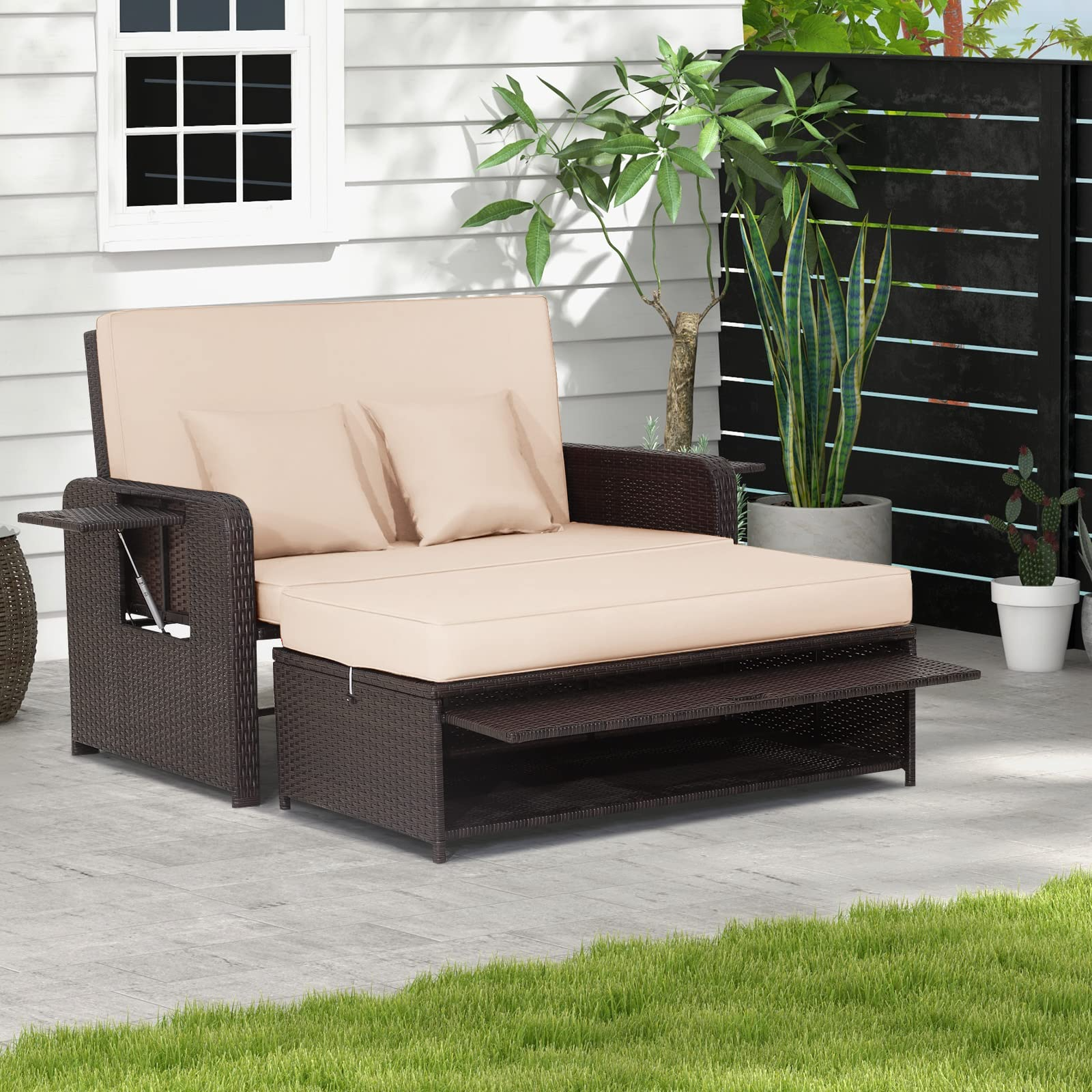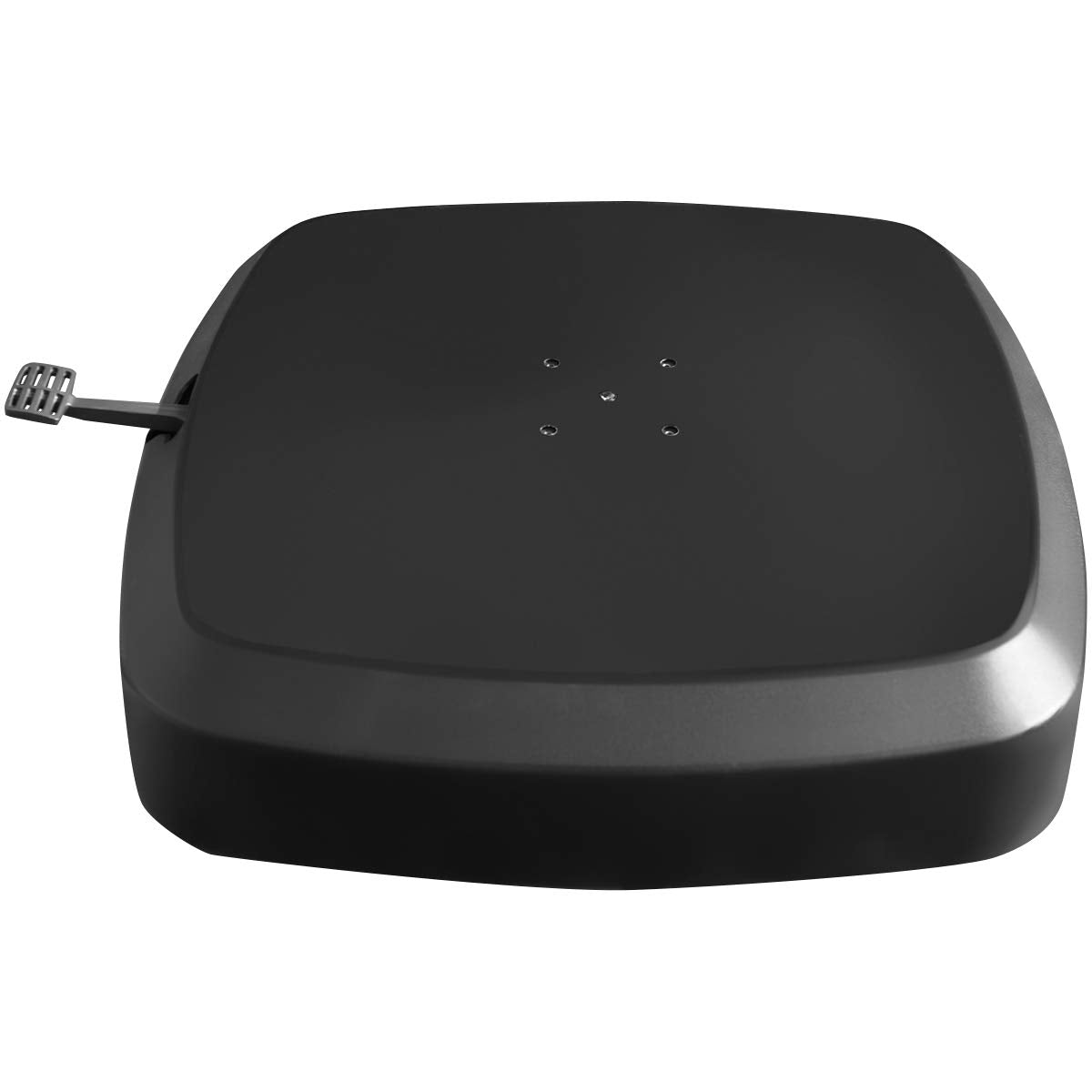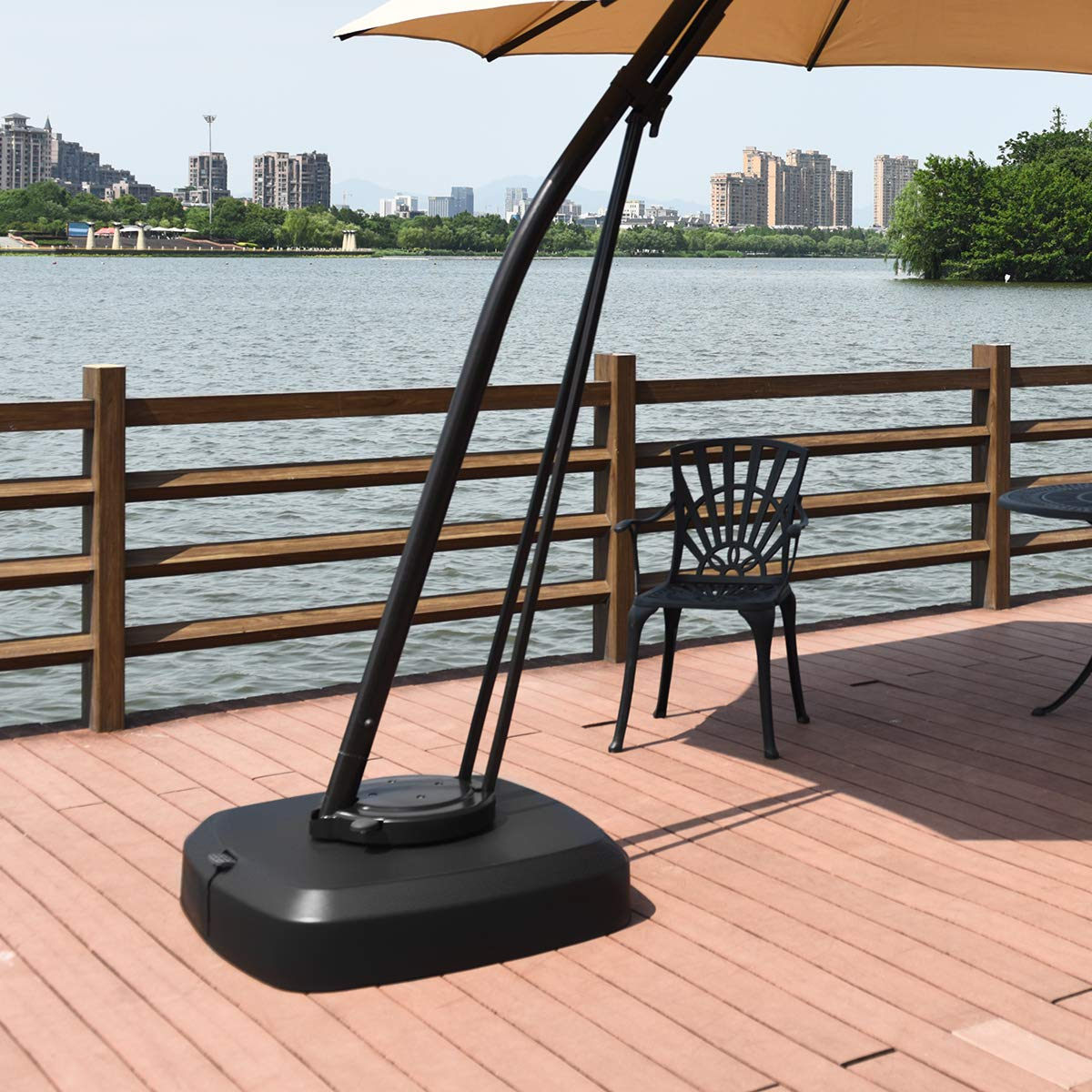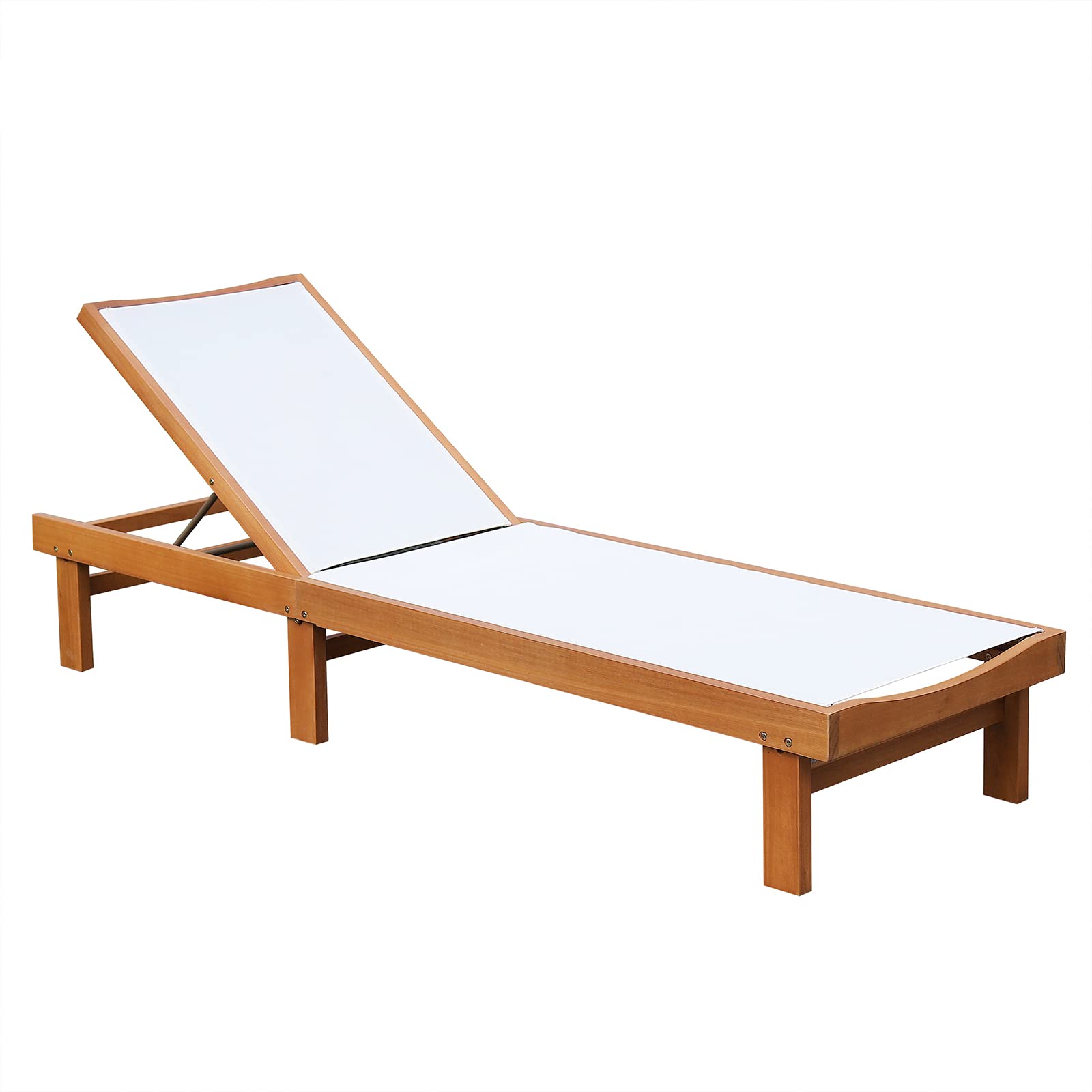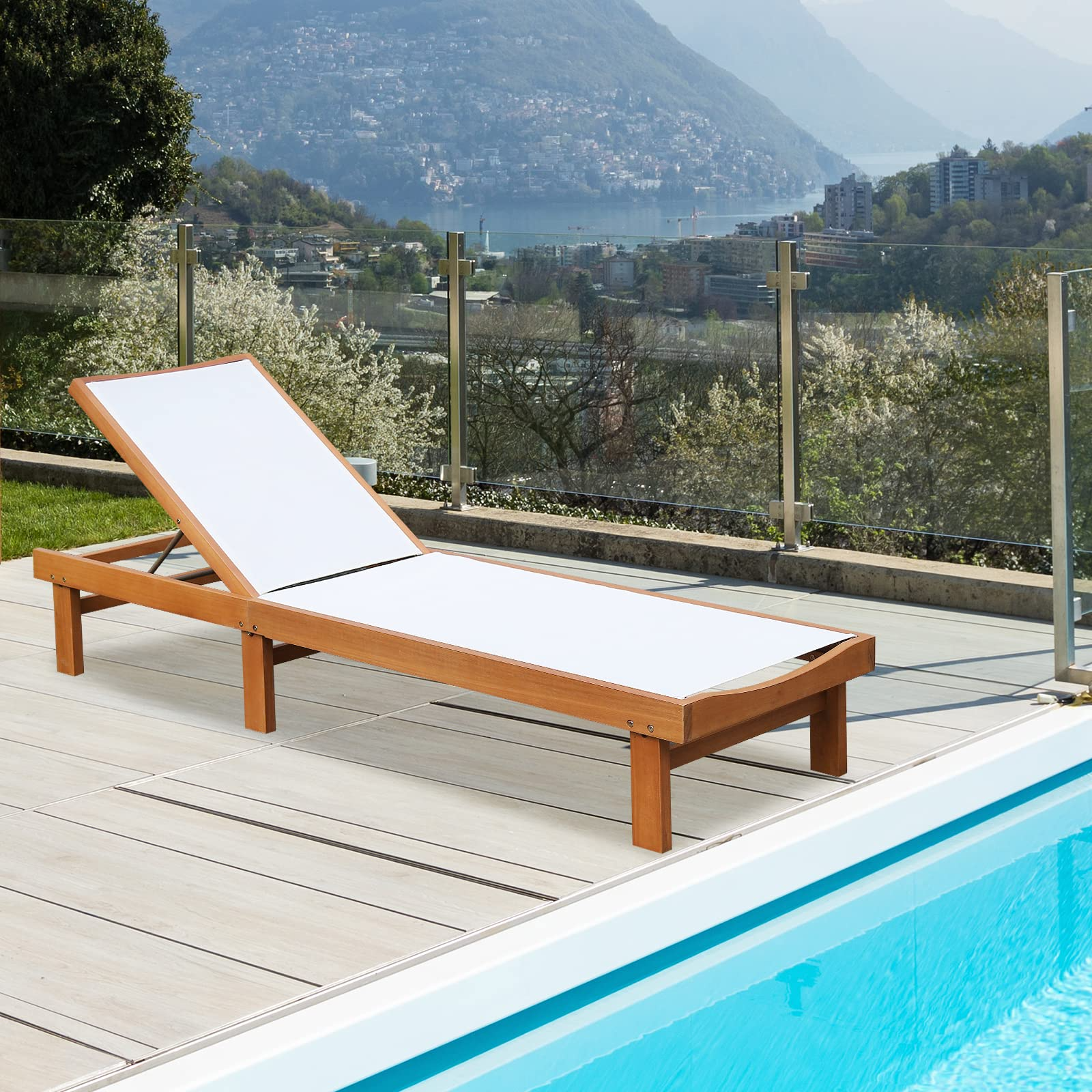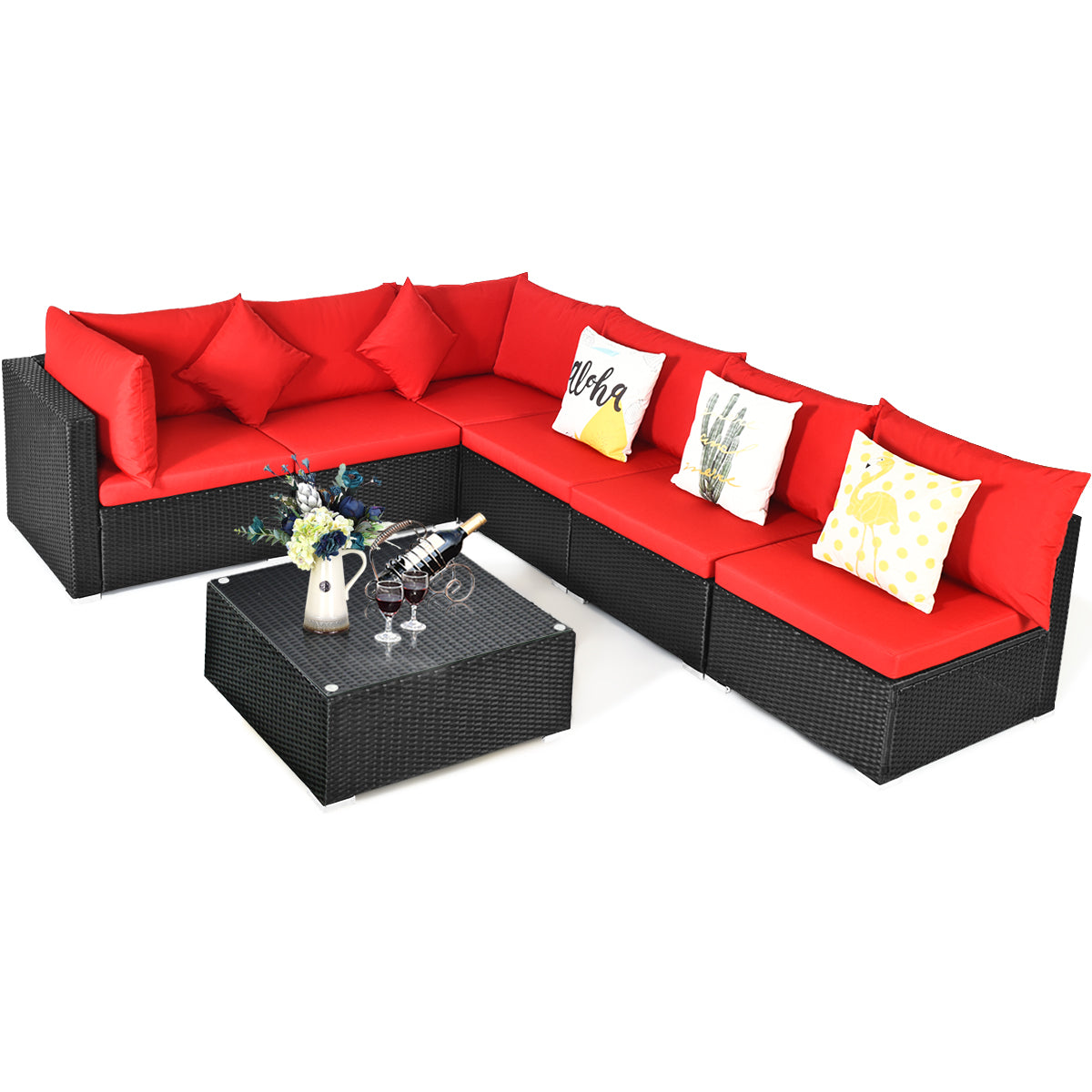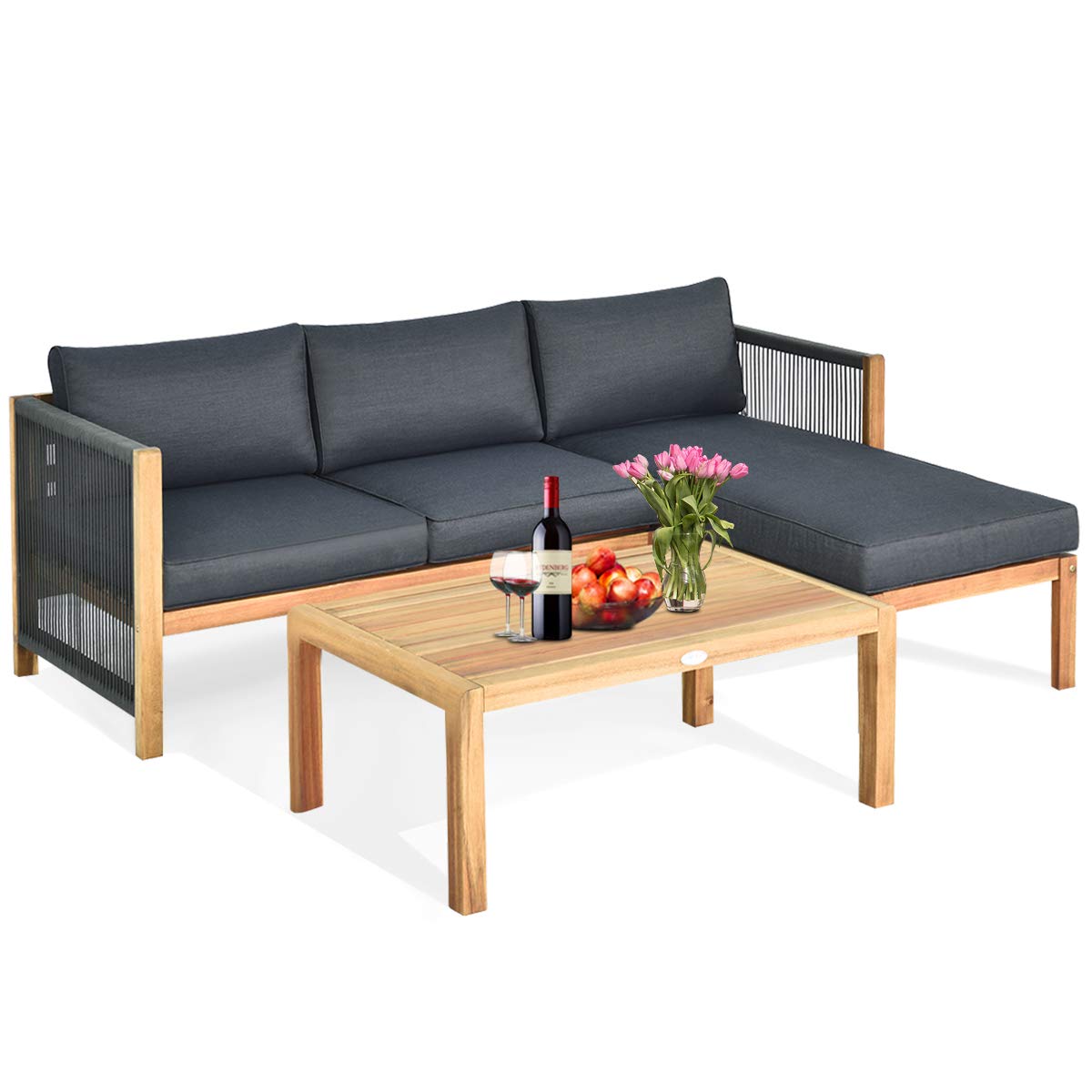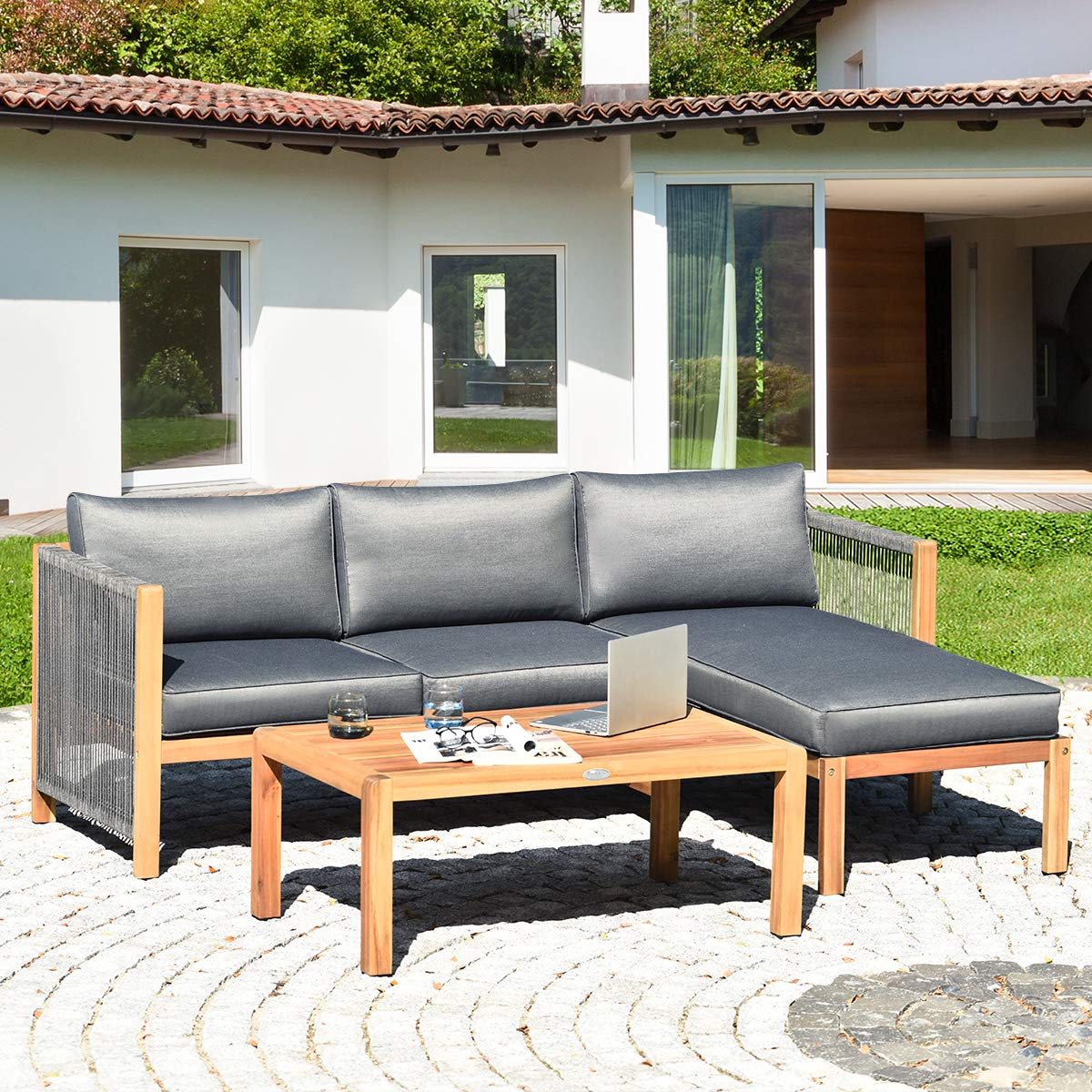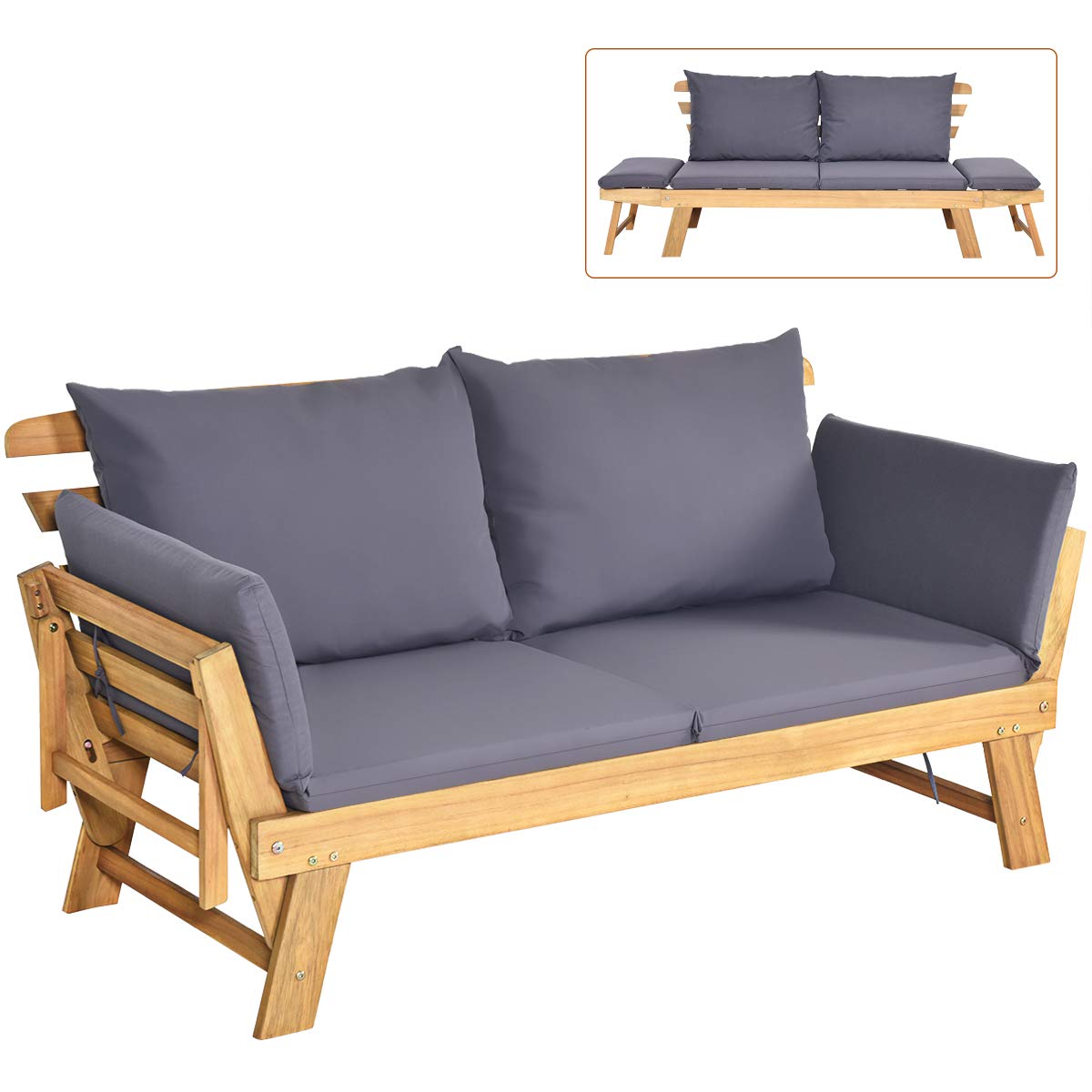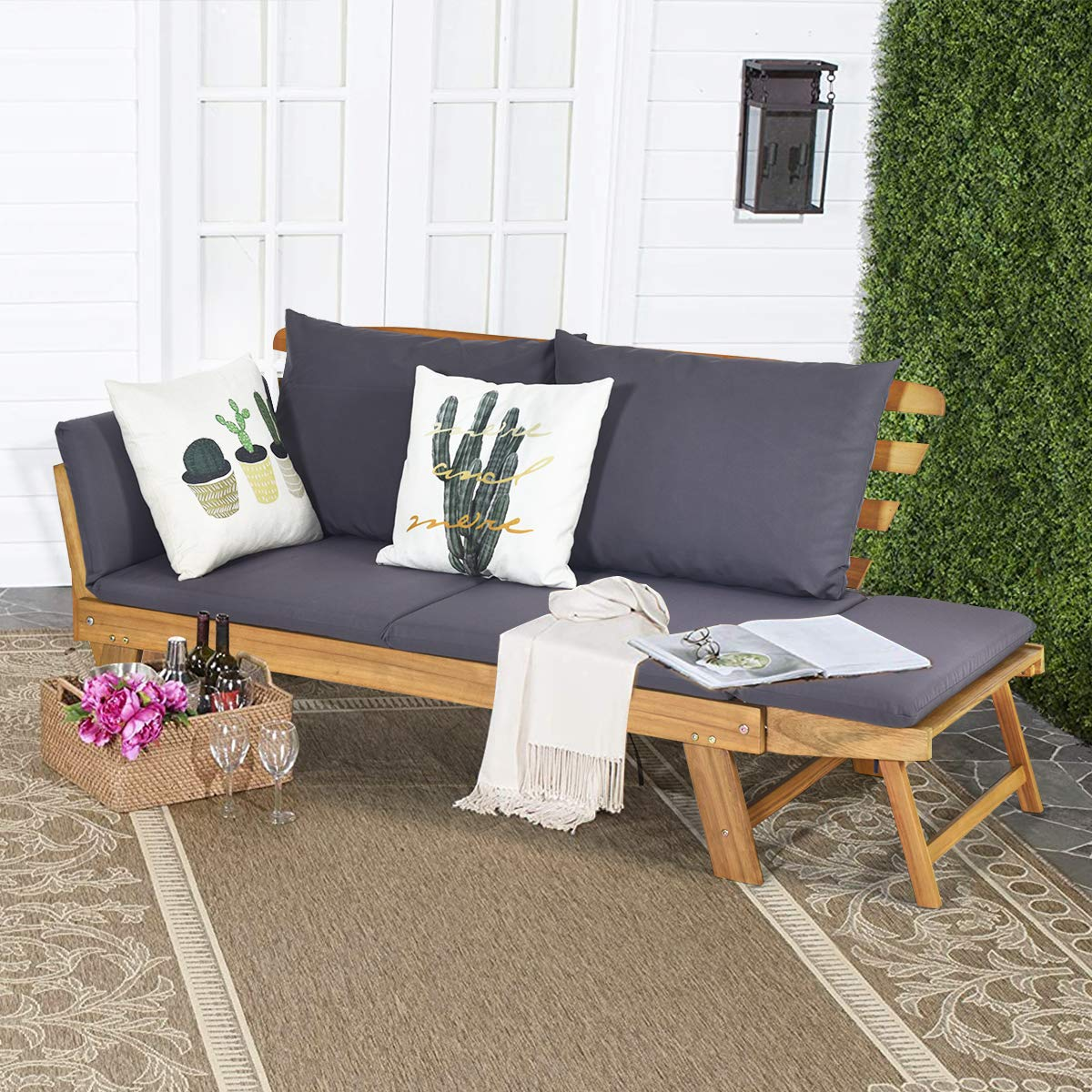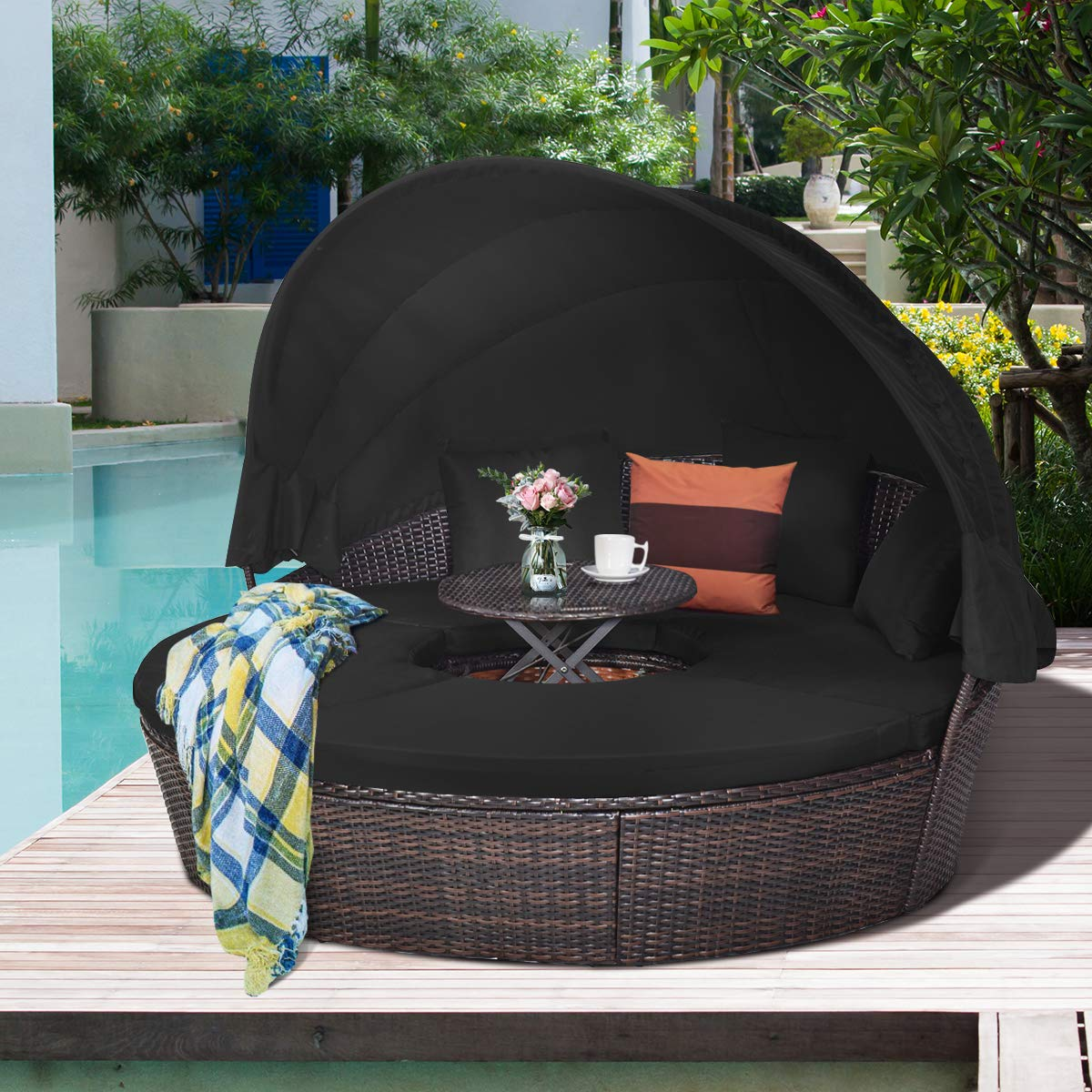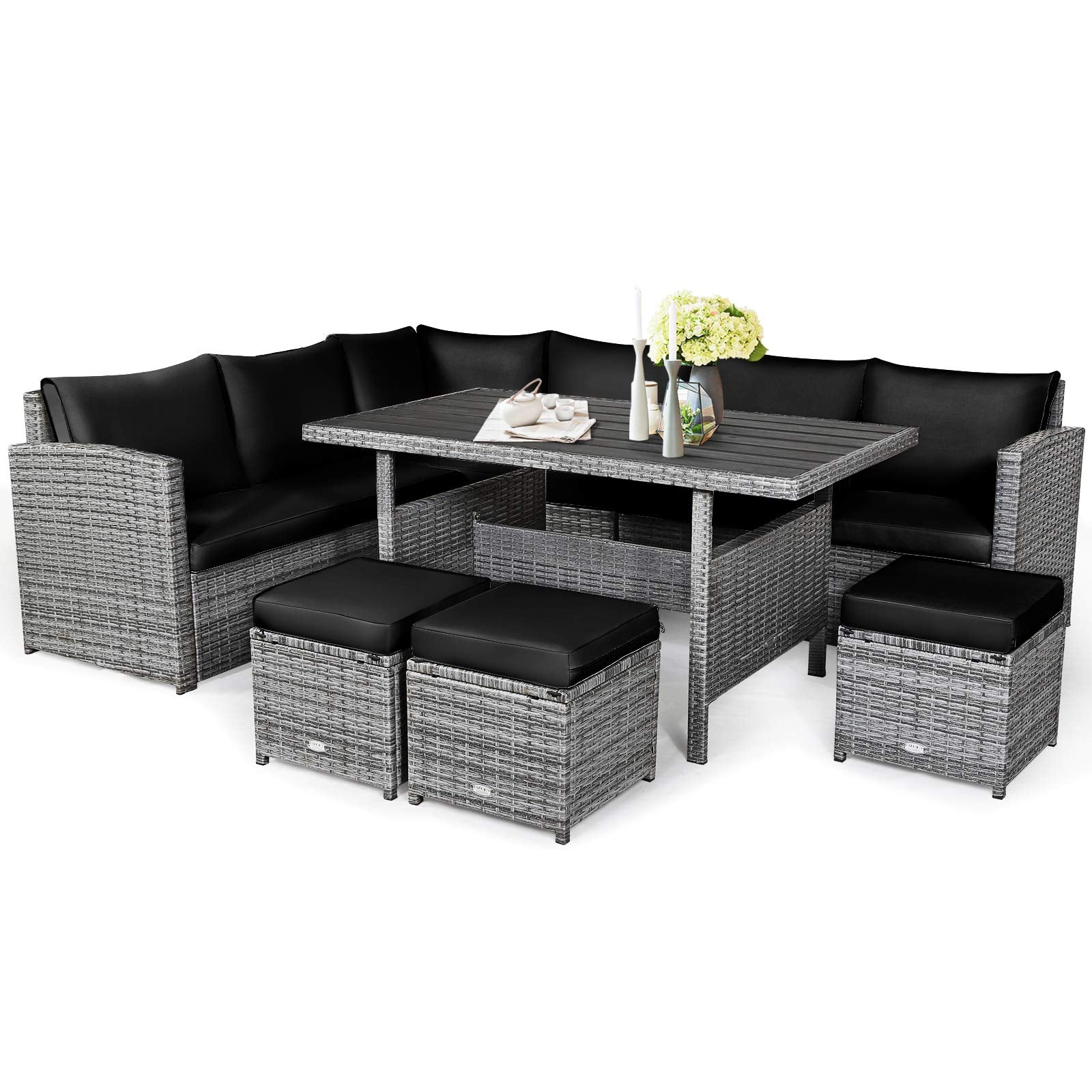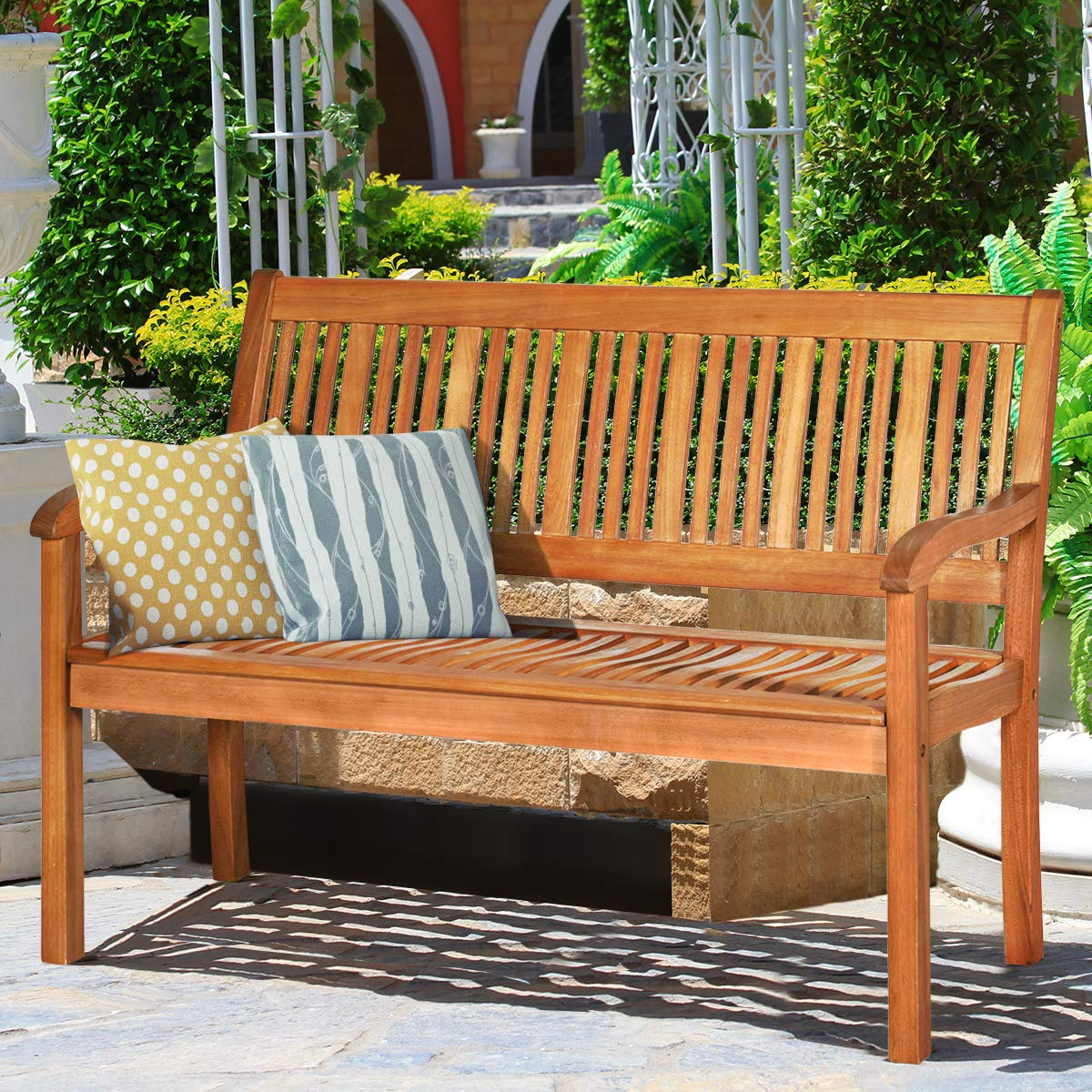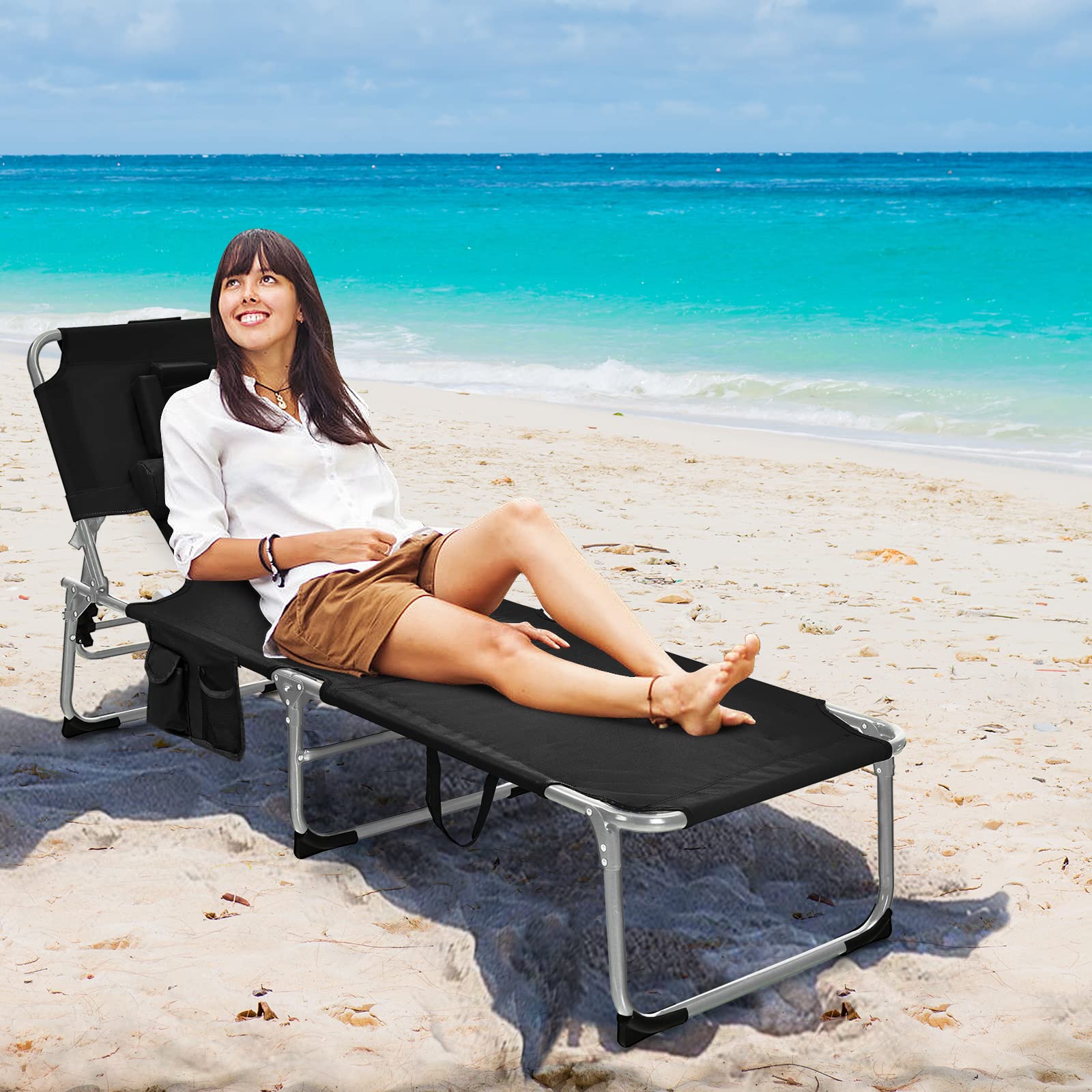Inside this Article:
- Hurricane Season Background
- The Threat High Winds Pose
- Here’s a breakdown of how varying wind speeds can threaten your outdoor space:
- Debris Become Projectiles
- Structural and Safety Risks
- 12 Smart Strategies for Securing Furniture
- 1. Bring Lightweight Items Indoors
- 2. Add Weight: Sandbags & Furniture Weights
- 3. Use Adhesive Gel (AKA QuakeHold!)
- 4. Anchor to Ground or Deck
- 5. Bundle Furniture with Straps or Bungee Cords
- 6. Use Heavy-Duty Tie-Down Covers
- 7. Choose Heavy, Wind-Resistant Furniture
- 8. Stack and Shelter
- 9. Use Rugs & Non-Slip Pads
- 10. Create Natural or DIY Windbreaks
- 11. Secure Umbrellas Properly
- 12. Regular Maintenance & Inspection
- Prep Checklist Before Storm Hits
- Final Takeaway
How to Secure Outdoor Furniture in High Winds
Hurricane Season Background
The official Atlantic hurricane season is from June 1 to November 30 each year. About 97% of tropical cyclones form in the North Atlantic, Gulf of Mexico, and Caribbean Sea during this time.
The peak period for storms happens between mid-August and late October. The highest chance of storms is around September 10.
This window is when conditions for storm formation are most favorable:
- Sea surface temperatures are at their warmest, boosting energy for cyclones
- Wind shear (upper-air turbulence) drops, allowing storms to organize
- African easterly waves frequently cross the Atlantic, seeding new systems
What to Expect in 2025
NOAA and Colorado State University predict a busy 2025 season. They expect 13 to 19 named storms. They also expect 6 to 10 hurricanes and 3 to 5 major hurricanes. So far, Tropical Storm Andrea formed on June 24, followed by Barry, with Chantal emerging just last weekend—marking 3 storms to date
In summary, the hurricane season lasts six months and peaks in early autumn. This year looks to be busier than usual. Securing outdoor furniture before storms arrive is important.

The Threat High Winds Pose
- When wind gusts hit 26 to 39 mph, they can move light outdoor objects. This includes chairs, cushions, and small decorations.
- At 40 to 57 mph, winds become dangerous. They can damage roofs, break windows, and uproot trees. They can also throw unsecured patio furniture into walls or streets, which can cause serious harm.
Here’s a breakdown of how varying wind speeds can threaten your outdoor space:
|
Wind Gust Speed |
Impact on Outdoor Furniture & Surroundings |
|
21 – 25 mph |
Mild sway, loose cushions may shift |
|
26 – 39 mph |
Lighter pieces get displaced; unsecured items can become airborne debris |
|
40 – 57 mph |
Moderate-to-significant damage: heavy items can topple or crack windows |
|
58 mph+ |
Extreme hazard: structures, trees, and large furniture items at risk of destruction |
Debris Become Projectiles
High winds transform ordinary patio furniture into dangerous projectiles. Even heavy objects, like grills, planters, or outdoor seating, can strike nearby windows, cars, or people.
This not only damages your furniture, but also risks serious property damage or injury.
Structural and Safety Risks
Beyond furniture, high winds bring broader hazards:
- Falling tree limbs and power lines create serious safety risks.
- Heavy gusts (60 mph+) can rip off shingles, shatter windows, and collapse weak structures
- Driving becomes risky because of reduced vehicle control and airborne debris.
In summary, strong winds aren't just an inconvenience—they pose a genuine hazard. Protecting your outdoor furnishings isn’t just about keeping them safe; it’s about ensuring they don’t end up causing harm. In the next sections, we'll explore effective and reliable methods to mitigate these risks.

12 Smart Strategies for Securing Furniture
1. Bring Lightweight Items Indoors
Move all loose articles—chairs, cushions, umbrellas, planters, décor—to a garage, shed, or basement. These are the most likely to turn into airborne hazards or sustain weather damage
2. Add Weight: Sandbags & Furniture Weights
Place sandbags for patio furniture. Water/sand-filled canopy weights on the base or legs of tables and chairs. This simple, cost-effective method mimics commercial setups to prevent displacement.
3. Use Adhesive Gel (AKA QuakeHold!)
Apply earthquake gel under the legs of outdoor furniture on hard surfaces. It firmly adheres items down, especially useful for small tables or chairs. But note: it makes repositioning harder.
4. Anchor to Ground or Deck
- Grass/soil: Screw-in spiral earth anchors or heavy-duty ground stakes angled away from furniture.
- Concrete/deck: Use tie-down kits, D‑rings, or steel cables fixed to deck boards or patio anchors
5. Bundle Furniture with Straps or Bungee Cords
Group similar items—like chairs—and strap them tight using ratchet straps or bungee cords. Anchoring them to fixed posts or decks adds extra wind resistance
6. Use Heavy-Duty Tie-Down Covers
Invest in outdoor covers with built-in straps, buckles, and cinching cords. Coverage serves dual purposes: protection and bundle-weighting
7. Choose Heavy, Wind-Resistant Furniture
Select pieces made from wrought iron, solid teak, concrete, steel, or recycled HDPE. These are inherently more stable and less likely to be displaced by wind
8. Stack and Shelter
Stack chairs and tuck sets against walls, fences, or in corners to reduce their exposure to wind. For extra security, tie stacks together or to fixed structures
9. Use Rugs & Non-Slip Pads
Place outdoor rugs or anti-slip grippers to anchor items on slick surfaces. This minimizes sliding or tipping associated with gusts.
10. Create Natural or DIY Windbreaks
Use tall shrubs, lattice screens, trellises, or fences to shield your patio. Even small windbreaks can reduce wind velocity significantly.
11. Secure Umbrellas Properly
Always close umbrellas. If they remain up, secure them in weighted bases, bolt them down, or wrap sandbags over the pole base.
12. Regular Maintenance & Inspection
Tighten loose screws, inspect joints for rust or cracking, and reapply weatherproof treatments before storm season. Proactive maintenance ensures structural integrity under wind stress
Prep Checklist Before Storm Hits
|
Task |
Action |
|
72 hrs ahead |
Monitor forecasts, stock supplies: anchors, weights, straps |
|
48 hrs ahead |
Cover & strap furniture; stack or anchor as needed |
|
24 hrs ahead |
Move removable items (cushions, umbrellas) indoors |
|
Storm moment |
Final check on straps, anchors, windbreaks |
|
Afterwards |
Inspect for damage, dry out damp items, realign things |
Final Takeaway
Maximize storm readiness by combining security measures: weight, anchor, tie-down, cover, store, and windbreaks. Heavy, well-anchored furniture lasts longer and stays safer in your outdoor space. As Southern Living stresses, finding quality protective covers with straps and ventilation greatly extends furniture life

